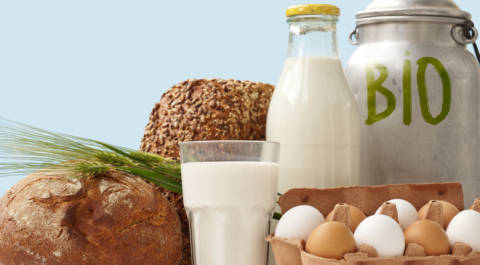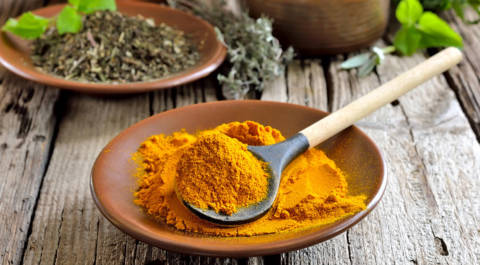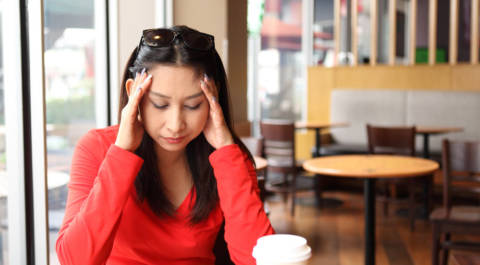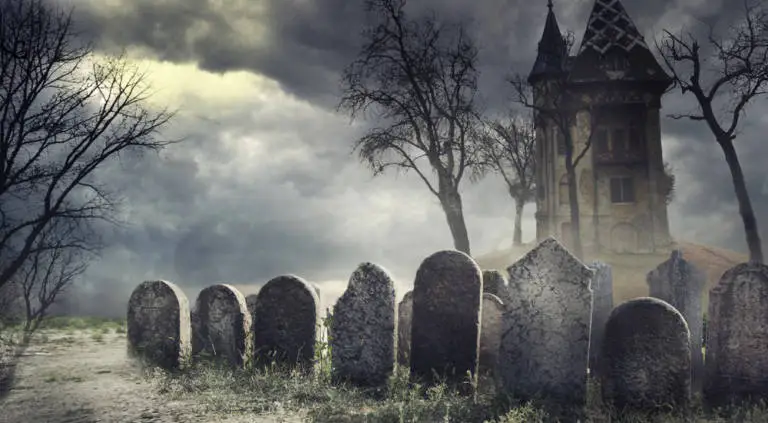
To most people, the idea of sustainability is likely to promote images of recycling, organic gardening, or fuel efficient cars. It can, however, run much deeper and include many other things: tradition, and, more importantly, culture. For thousands of years, humans have done an excellent job at preserving their history, though a few changes along the way is never a surprise. From this perhaps automatic tendency of humans to pass down history, the generations of today have a rich and diverse cultural identity. The development of Halloween is a perfect example.
Like Organic Soul on Facebook
Some will argue that Halloween can be the best holiday of the year. With the perfect excuse to dress up, gorge yourself on candy, and spook the passer-byers, Halloween truly does combine some of life’s most fun loving activities. But was it always like this? What are the roots of this holiday, and what have we as people in the 21st century thrown in?
Well, Halloween has a long history and it all started back with the Celtics.
Summers End in Ireland
Over 2000 years ago, October 31st – then known as Samhain (sah-win or sow-in) – was more of a religious festival than a children’s holiday. As the green began to turn brown and the dead leaves began to fall from the trees, the Irish knew summer and harvest was coming to an end. They also knew, however, that with it, autumn brought back things long gone: spirits. When life was drained from the land and a cold, dark winter lay ahead, the realm between the two worlds thinned, and those passed were free to roam.
The Irish built massive bonfires, apparently to encourage the sun to stay for a few more months. People were festive at this time, dancing around the flames in hopes that if the spirits did join them, it would be in good fun and celebration. The spiritual leaders, Druids, would also try to use the blurring of realms as a tool for insight into the future. They searched for clues about whether or not they would live through winter, who would marry, and who would rise to prominence.
In order to protect themselves and confuse the roaming spirits, the Celtics would wear animal heads and skins. To them, the spirits looked for a living person to be entertained by and then possess for the coming year. So, if you dressed up like a wolf, witch, or ghoul, you had a better chance at escaping the grasp of the dead.
It was here in the hills of Ireland that the holiday was born. But, as we know, the practice had to travel much further before becoming uniquely “Halloween”.
Roman and Christian Influence
Like most places in Europe at the time, war and the conquering of lands was constantly underway. In 43 A.D. nearly all of Ireland was under Roman control. The Romans had tradition to commemorate their deities Feralia (who represented the passing of the dead) and Ponoma (who was the goddess of fruits and trees). Here, they mixed the symbol of Ponoma – an apple – with the Celtics Samhain, which may be the precursor to bobbing apples.
As time progressed, Christianity wanted to leave their mark on the holiday too. Pope Gregory the III wanted to substitute Samhain with something more religiously tied to the church – All Saints Day, also known as All Hallows Day, on November 1st. Samhain soon became known as All Hallows Eve.
The Potato Famine Brings the Tradtion
The early Americans had no interest in the heathen tradition followed by their European brethren. Most of the traditions were simply left behind, and Hallows Eve (now also pronounced as the familiar Halloween) was no exception. Sustainability – just like when it comes down to recycling – is always the person or peoples' choice.
In the mid 19th century, however, after a potato famine forced a million of Irish to immigrate to America, the holiday once again took root. Here though, it was more difficult to have roaring bonfires and festive dancers. Instead, they carved out pumpkins and squash, and lit them from the inside – the modern jack-o-lantern. Likewise, the demonic disguises of animal heads and skins turned into something a little less gory. People used spooky costumes that would be socially acceptable instead, marking the birth of the modern twist on Halloween.
While trick or treating remains unclear, some believe it had to do with the tradition of “souling”. With souling, the poor would go house to house and pray for the families in return for cakes and sweets. Whatever the root, trick or treating has become a staple of this modern holiday.
Today
For more than 2000 years the traditions associated with Halloween have been around in some form. While it started with the celts, it has evolved into something much more – a near global holiday. As a people, we have preserved the memories of the past. Although it doesn't have an ‘mpg rating' or ‘energy star efficiency‘, the sustainability of tradition can be seen as equally important. Culture helps create our reality and it helps define who we are.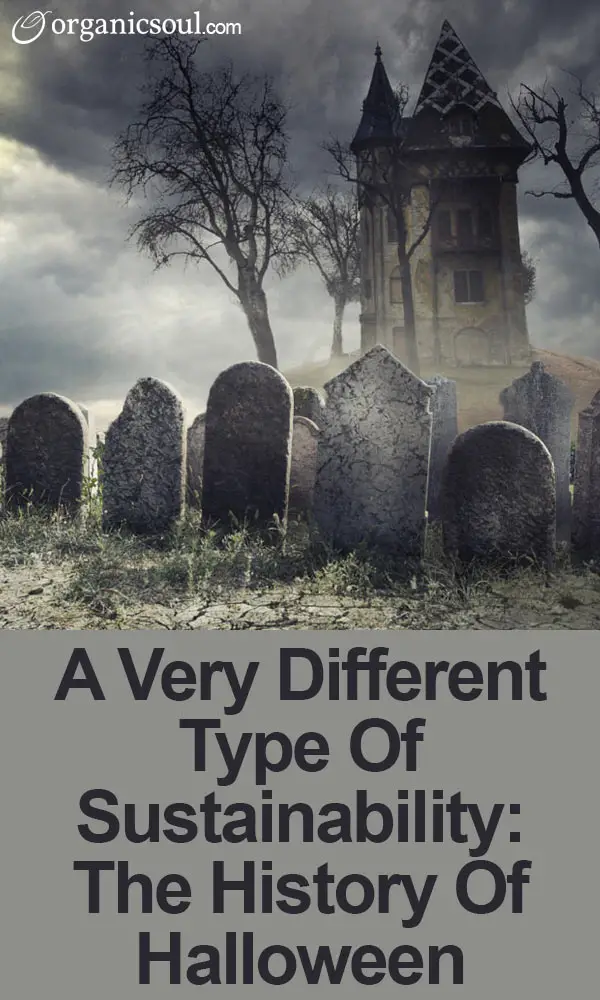
Today, there is a billion-dollar industry around Halloween. From movies to fright fests to Halloween superstores, Halloween has become a strong rooted American tradition and is celebrated with equal ‘umph' in Europe. While it now is seen as a secular holiday, much of the religious root stays constant, which serves as good homage to Celtics long passed. That said, hopefully everyone has a happy and safe Halloween. Don't forget to dress up! You're doing much more than simply having fun; you're preserving our culture!
Looking forward to Happy Halloween, but want to limit the sugar intake? See how you can have A Healthy Halloween!


